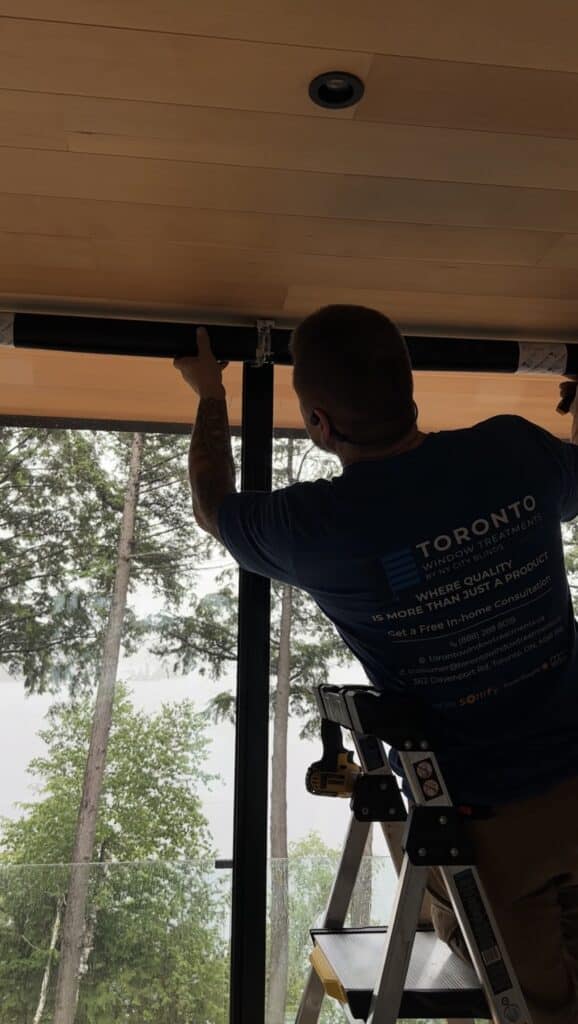When investing in custom blinds or shades, accurate measurements are essential. The right fit not only ensures a polished look but also improves functionality—keeping out light, adding privacy, and enhancing energy efficiency. Whether you’re tackling the job yourself or preparing for a professional consultation, here’s a step-by-step guide on how to measure windows for blinds and shades.
Step 1: Decide on Inside Mount vs. Outside Mount
Before taking any measurements, determine whether your blinds or shades will be mounted inside the window frame or outside of it.
- Inside mount: Fits neatly within the window frame, creating a clean and built-in look. Best when your window depth allows enough space for the headrail.
- Outside mount: Installed on the wall above or around the window frame, making windows appear larger and providing maximum light control. Ideal for shallow window depths or to cover imperfections.
Step 2: Gather Your Tools
To measure windows for blinds or shades, you’ll need:
- A steel measuring tape (not a cloth one)
- A notepad or phone for recording measurements
- A pencil for marking, if needed
Always measure to the nearest 1/8 of an inch and never round up.
Step 3: Measuring for Inside Mount Blinds and Shades
For an inside mount, you’ll measure the exact dimensions of the window opening.
- Width: Measure across the top, middle, and bottom of the inside frame. Record the narrowest measurement.
- Height: Measure from the top of the inside frame to the window sill at the left, center, and right. Record the longest measurement.
- Depth: Check the depth of the frame to ensure it can accommodate the chosen custom blinds or shades.
These precise numbers ensure a snug fit that looks seamless and functions properly.

Step 4: Measuring for Outside Mount Blinds and Shades
For an outside mount, you’ll measure beyond the window opening.
- Width: Measure the window opening and add at least 2–3 inches to each side for proper coverage.
- Height: Measure from the top where the headrail will be mounted (usually above the frame) to the desired length—often just below the sill or all the way to the floor.
This style is especially popular for blackout shades or when you want to make a window look taller.
Step 5: Double-Check Your Work
Accuracy is everything. Re-measure each dimension to confirm your numbers. Even a small error can affect how your blinds or shades fit, especially with custom window coverings where there’s little margin for adjustment.
Step 6: When to Call in the Professionals
While measuring windows for blinds and shades is manageable for many homeowners, there are times when it’s best to bring in an expert:
- Bay or bow windows
- Unusually shaped or oversized windows
- If you’re considering motorized or specialty blinds
A professional installer ensures your custom blinds or shades fit perfectly and function smoothly.
Final Thoughts
Measuring your windows accurately is the first step toward getting beautiful, functional window coverings. Whether you’re choosing sleek roller shades, elegant Roman shades, or practical Venetian blinds, precise measurements guarantee a flawless result.
At Toronto Window Treatments, we make the process easy. Our team provides professional in-home consultations, expert measurements, and custom solutions tailored to your space.
Book your free consultation today and let us help you choose and install the perfect blinds and shades for your Toronto home.


